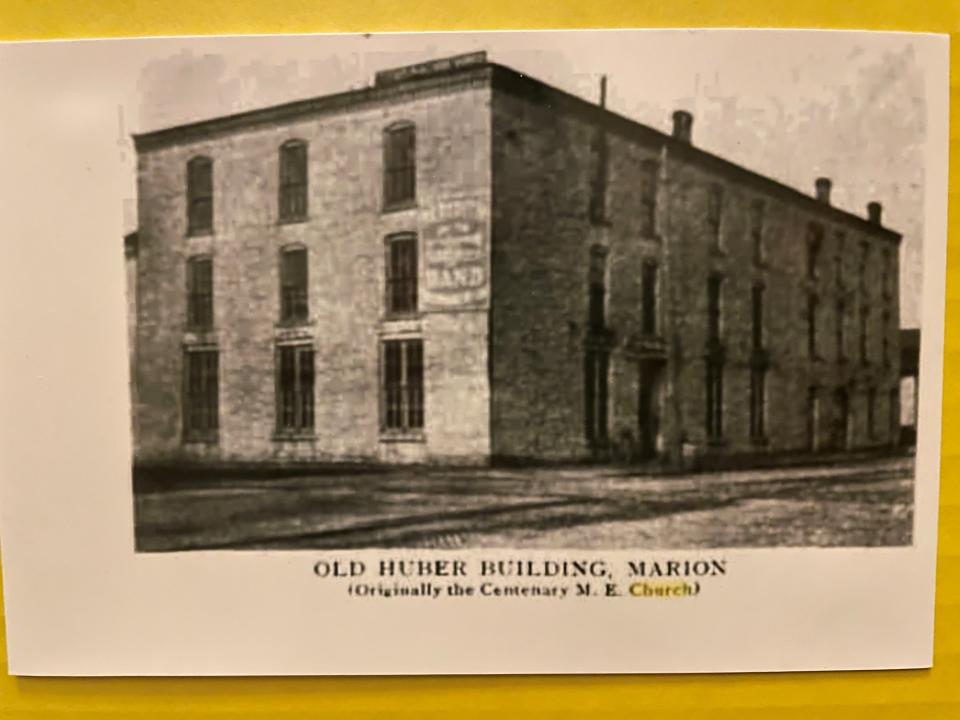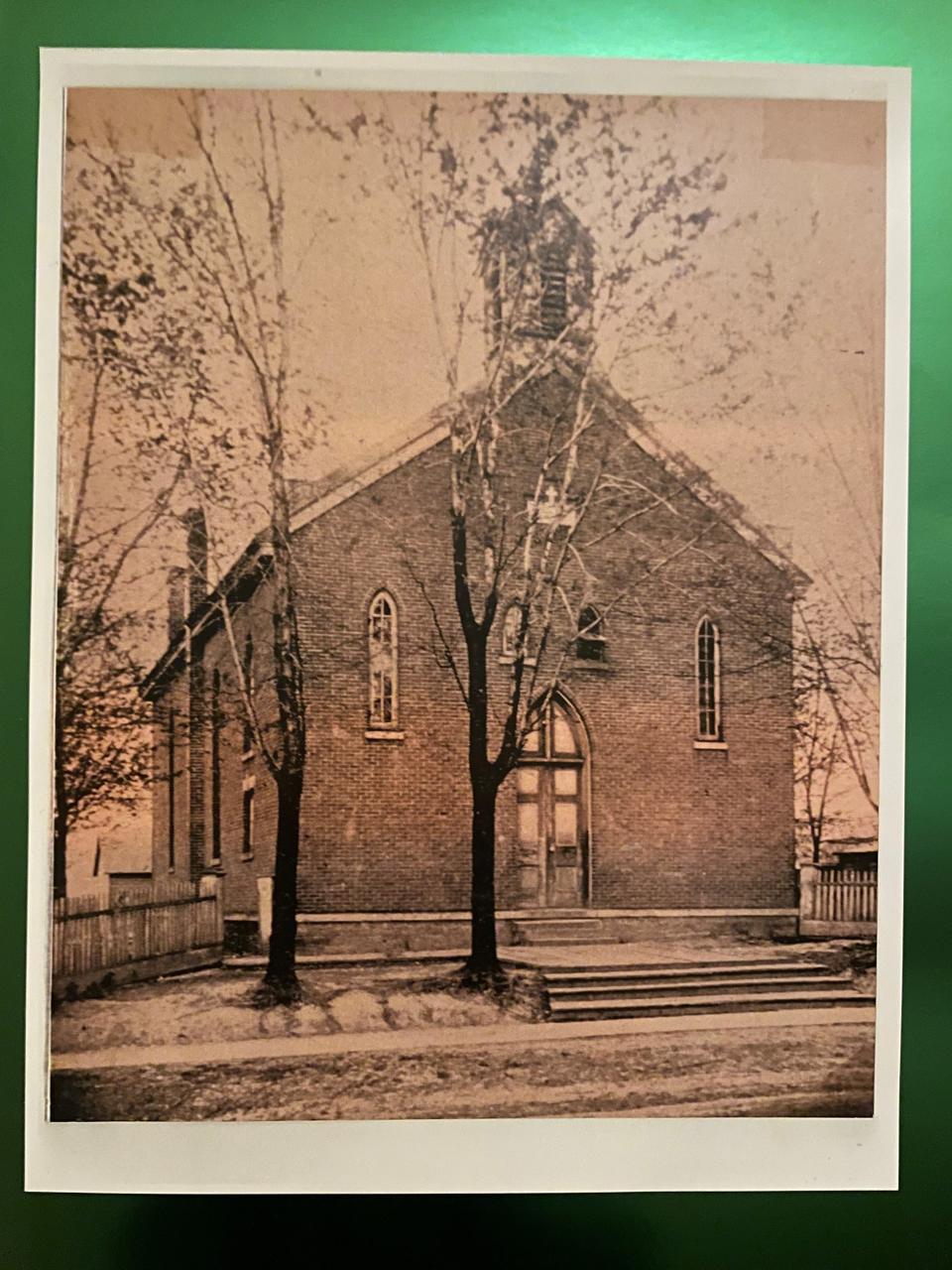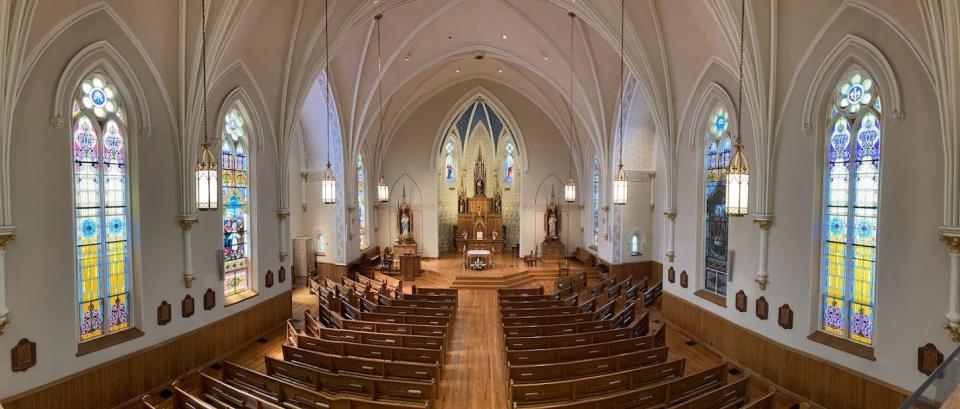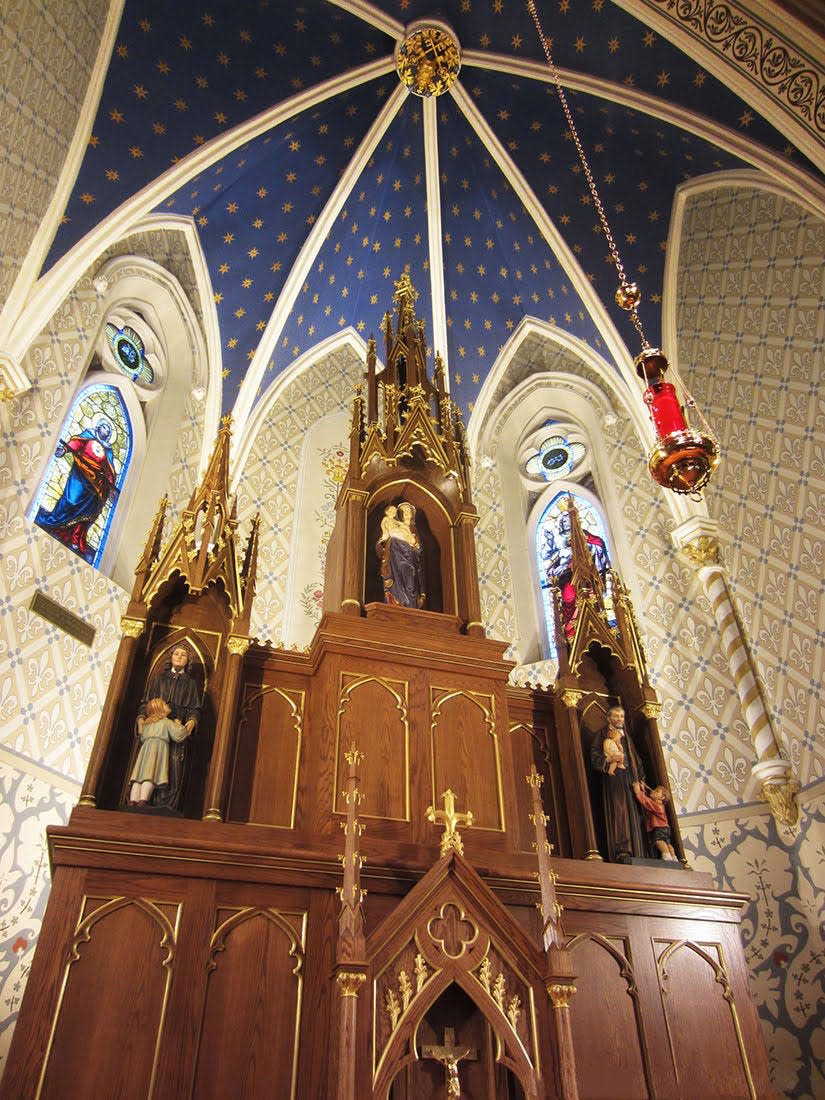MarionMade!: St. Mary's celebrates 125 years
Each week, Marion Technical College shares MarionMade! stories of our many wonderful people, places, products and programs in the greater Marion community. To read more positive stories of Marion, or to share some of your own, visit us at marionmade.org or on social media.
Roman Catholics have been a part of Marion’s history since its founding and have grown and evolved with it. When Marion was founded by Eber Baker on April 3, 1822, a handful of Catholics lived here. Most settlers were of English descent but came from Ireland to escape persecution in England. They came to build railroads. By 1844, there were about 100 Catholics in the area and St. Mary parish was established. Circuit-riding priests came from neighboring towns to celebrate Masses in private homes.
In 1849, Father James Burgess came to Marion and conducted regular services in the “old Huber Rooms” of the Huber Shops on Mill Street. A parishioner bought the building in 1854, providing the first permanent place of worship. It was used until 1862.

Land purchased on North Prospect Street
In 1853, Timothy Fahey, an Irish immigrant, opened a general store and bank in Marion. He purchased land on North Prospect Street from Eber Baker and donated it to St. Mary’s. Fahey and several other prominent businessmen pledged funds to build a church. A cholera epidemic the following year reduced the group to just Fahey, delaying construction.
Additional land was purchased for the church in 1858. Father John Coveney became pastor of St. Mary’s in 1860, splitting his time between Marion and St. Patrick’s in Bellefontaine. Coveney initiated the construction of a church on North Prospect Street in 1861. This red brick building was completed in 1862 and dedicated by Bishop Sylvester Rosecrans, the auxiliary bishop of Cincinnati. That church served the needs of the Marion Catholic community for decades.

Construction of the current church building
Father James Burns, a native of Ireland, was appointed pastor in February 1881. He had a long and fruitful tenure, with many projects and accomplishments. As the Catholic population in Marion grew, so did the need for more worship space.
In October 1891, Burns initiated construction of the current church which is still in use today. The cornerstone of the beautiful Victorian Gothic structure was laid on Oct. 10, 1894. It bears the inscription “Ecclesia Sanctae Mariae – Mater Dei, Ora Pro Nobis” which means “Church of St. Mary, Mother of God, pray for us.”

Built of white sandstone, the new church seated 750 people. It included beautiful stained glass windows and solid oak pews with kneelers. After four years of construction, Father Michael Mulvihill dedicated the new church on Oct. 23, 1898.
125th anniversary celebration
St. Mary’s is celebrating the 125th anniversary of the dedication with an open house. The community is invited to tour the church from 3 to 6 p.m. on Oct. 15. Visitors can see the majestic architecture, restored stained-glass windows, grapevine-inlaid sanctuary floor, restored wooden nave floor, towering organ and more.
“The church is a beautiful witness and testament to the faith of so many in Marion over the last 125 years. In that time, the interior of the church has undergone several changes and, in the last decades, a couple of major re-beautification projects. We hope many will come and experience the beauty of this historic Marion building which reflects a deeper history of faith and life,” says Father Seth Keller, parochial vicar of St. Mary.

“St. Mary Church was built to symbolize the glory of heaven. Thus, the high ceiling draws one's eyes upward to heaven," said Father Edward Shikina, pastor. "The sandstone symbolizes the permanency and eternity of heaven. The statues symbolize the communion of saints who long for us to be with them in heaven. The beauty of the church inspires us to a greater worship of God and urges us onward to that heavenly glory. I continue to notice something new and quite beautiful each time I enter the church. We invite you to discover her beauty as well.”
The parishioners will commemorate the anniversary of the dedication with a special Mass celebrated by the Rev. Earl Fernandes, bishop of Columbus, at 5 p.m. on Oct. 22.
This article originally appeared on Marion Star: St. Mary Catholic Church celebrates 125 years in Marion

